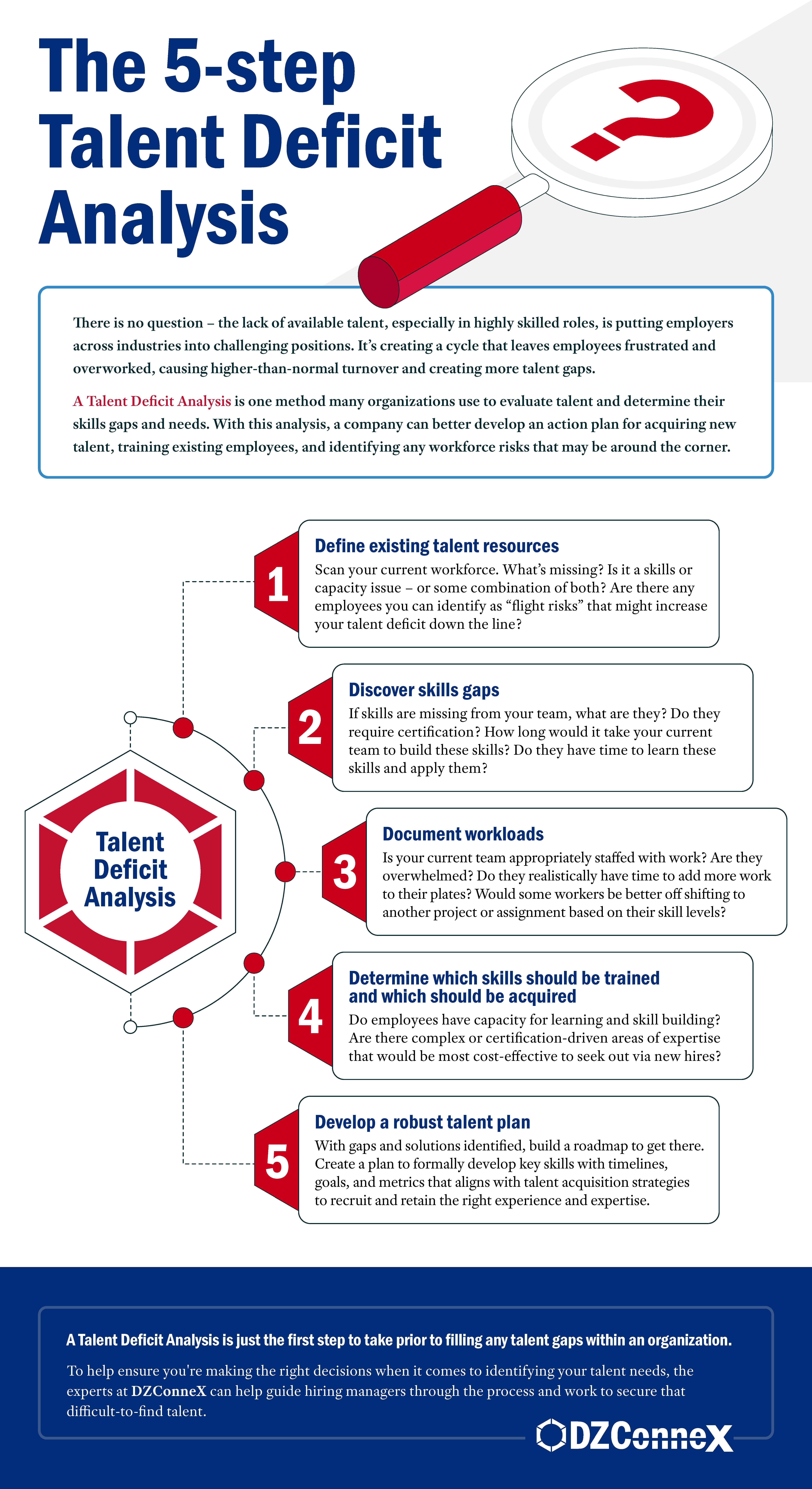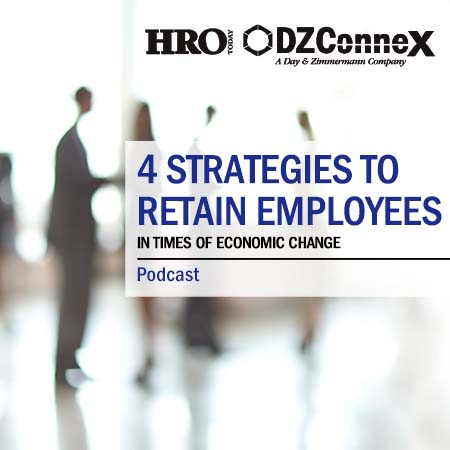As more and more job positions remain unfilled in the market each day, companies are feeling the negative impacts of today's talent deficit. A talent deficit occurs when there is a significantly higher number of open job positions than the number of people available to fill them.
To combat the current talent deficit, companies need to ensure they are doing the right things to attract and retain the best talent. And to make things even more difficult for employers, candidates that are looking for a job now have more flexibility to choose where they want to work due to the plethora of open positions, so they can be very selective when it comes to choosing an employer.
The talent shortage means that employers have to work harder to stand out and earn the attention of potential employees. So companies need to be re-evaluating their talent acquisition strategies to ensure they will be an employer of choice for any individual that is looking for a job, all while making sure their existing employees are happy. One way to evaluate your current talent and uncover what your organization needs to improve upon is by performing a Talent Deficit Analysis.

To perform a Talent Deficit Analysis within your organization, it's best to follow these 5 crucial steps:
1. Define existing talent resources
The first step in determining if your organization's talent acquisition strategy needs to change to bridge the talent gap is to evaluate your existing resources. Determine what's missing from your workforce and what should stay the same. This will give you an overall picture of just how much needs to be changed which will allow you to prepare for a major overhaul or some minor adaptations.
2. Discover skills gaps
You also need to make sure that you are making the most out of your existing talent. Figure out what skills your teams are lacking and where there is room for improvement. Some skills gaps within your workforce might be easily taught without having to worry about hiring new talent to fill the gaps. If this is the case, your company leaders can focus on the growth and retention of existing employees, without enduring the competitive hiring market.
3. Document workloads
Next, you need to analyze if your employees are working too much or too little. If you think their workload is too light, it might be time to assign some new projects to increase productivity. But if their workload is too heavy, it might be time to hire more employees to ensure your current workforce doesn't burnout. It's also best to check if each individual is using their skills for the right assignments or if projects should be reassigned based on different skillsets.
4. Determine which skills should be trained and which should be acquired
Once you identify what skills your employees are missing, you can make a plan to equip your workforce with all the necessary skills to make your business prosper. There are some skills that your employees can be trained to master with some help from an expert. However, there are other skills that are more difficult to learn, so it would make more sense to hire new employees that already have these specific skills.
5. Develop a robust talent plan
Companies won't accomplish their goals if they don't have a detailed plan to follow in place. After determining the talent acquisition and retention goals you're striving to achieve, build a roadmap with the steps required to accomplish them and a timeline to complete all the steps. This roadmap can serve as a guide for people in the organization to keep track of everything they should be doing to help attract and retain the best talent.
By performing this 5-step talent deficit analysis, your company will be on the right path to overcoming the current talent shortage.



%20Size%20Photos/team%20office%20presentation.jpg)



